Encountering a sick or injured wildlife animals can be distressing, especially if you’re unsure how to help. Acting responsibly can protect both the animal and yourself while ensuring the animal gets the care it needs. This guide, supported by insights from animal welfare charities, offers safe, practical steps you can take and highlights how these organizations play a vital role in rescuing and rehabilitating wildlife.
Why Wildlife Animals Need Special Care
Unlike domestic pets, wild animals are not used to human contact. When they are injured or unwell, they can become even more defensive and stressed. Animal welfare charities emphasize that wild creatures have specific needs and behaviors that must be respected during rescue.
Attempting to help an injured animal without proper guidance can sometimes cause more harm than good. Fortunately, there are many animal welfare organizations, vets, and licensed rehabilitation centers dedicated to providing expert care for wildlife.

Step-by-Step: Helping a Small Sick or Injured Wild Animal
If the animal is small enough to handle safely — such as a garden bird, hedgehog, or squirrel — here are general steps you can follow:
1. Assess the Situation from a Distance
Before approaching, observe the animal. Does it appear to be breathing heavily, limping, or behaving unusually? Do not rush in; wild animals are often frightened and unpredictable, especially when hurt.
2. Contact a Vet or Wildlife Rehabilitation Center
Always phone a vet or local wildlife rescue center first. They can guide you on the best way to proceed and check if they are equipped to handle the species. Many animal welfare charities maintain 24-hour advice hotlines for wildlife emergencies.
3. Use Gloves and Handle with Care
If you’re advised to catch the animal, wear gardening gloves to protect yourself and the animal. This reduces the risk of scratches, bites, or the transmission of zoonotic diseases. For example, bats in the UK are known to carry a form of rabies, so extra caution is needed.

4. Cover with a Towel or Jumper
Gently throw a towel, coat, or jumper over the animal. This calms them and reduces their ability to flee, allowing you to pick them up more safely.
5. Transfer to a Safe Box
Place the animal in a well-ventilated box or pet carrier lined with a towel. Keep it dark and quiet by covering the box with another cloth to reduce stress.
6. Bring to a Vet or Wildlife Center
Transport the animal to the nearest vet or wildlife rehabilitation facility as quickly and gently as possible. If you’re unsure where to go, many animal welfare charities have directories or helplines to direct you to the nearest support.
Larger Wildlife Requires Professional Help
Larger animals such as deer, badgers, seals, foxes, birds of prey, or swans require special handling. Without the right equipment and training, trying to move them can be dangerous for both you and the animal.
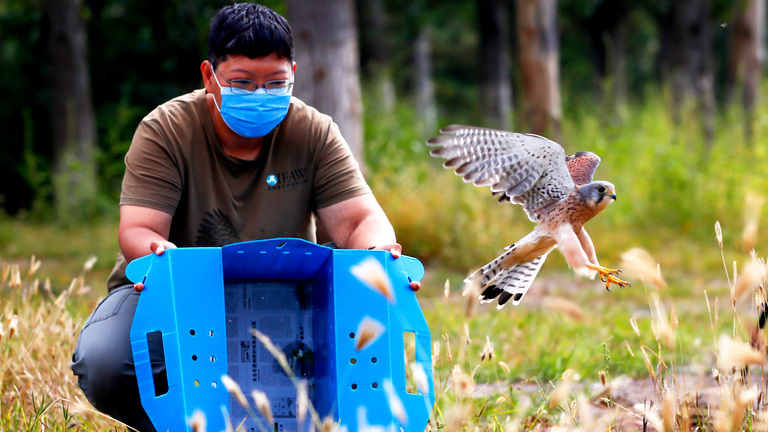
If you see a large wild animal in distress:
- Keep a safe distance. Don’t approach or crowd the animal. Keep pets and children away.
- Take note of your exact location. This helps wildlife responders find the animal quickly.
- Call a professional. Contact organizations such as the RSPCA (England and Wales), the Scottish SPCA (Scotland), or the British Divers Marine Life Rescue (for marine animals). You can also contact a local wildlife rescue group.
Animal welfare charities work closely with these emergency response teams, often providing transport, care, and rehabilitation after rescue.
What Happens After You Bring the Animal to Safety
Veterinary clinics and animal welfare charities aim to provide emergency treatment to wild animals just as they do for pets. While not every vet clinic is equipped for long-term wildlife rehabilitation, they can stabilize the animal and connect with organizations that are.
Emergency Treatment
If the animal’s life is at risk, most vets will offer immediate care. This may include wound cleaning, hydration, or managing pain.
Rehabilitation or Euthanasia
If the injury is treatable and the animal has a good chance of surviving in the wild, animal welfare charities will work to rehabilitate and eventually release it.
However, if the injuries are too severe or if the animal is unlikely to survive in the wild, a compassionate decision may be made to end its suffering. This is never taken lightly, and the animal’s well-being is always the top priority.
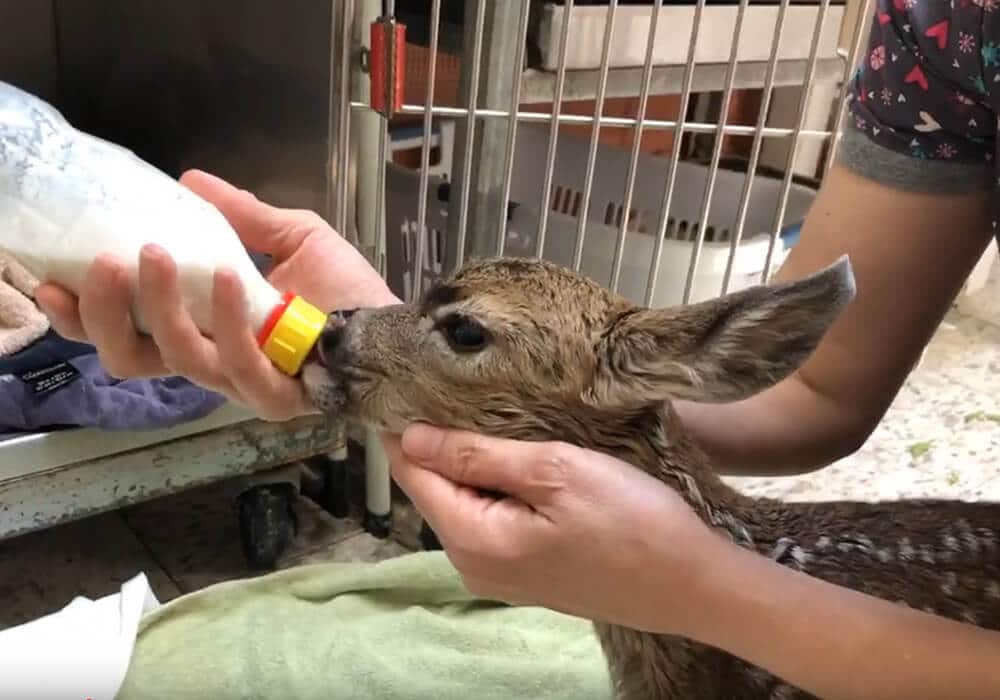
When to Intervene (Even If There’s No Visible Injury)
Sometimes wild animals behave unusually due to illness or injury even if they appear unhurt. Examples include:
- Nocturnal animals seen during the day, such as hedgehogs or bats.
- Birds caught by cats or dogs, which may go into shock or develop internal infections, even if there are no visible wounds.
- Baby animals left alone for long periods, though this can be natural in some species.
If in doubt, contact a wildlife expert or local rescue charity. It’s always better to ask than to ignore a potentially serious issue.
How Animal Welfare Charities Help Wildlife
Animal welfare charities are essential in rescuing, rehabilitating, and releasing wildlife back into their natural habitats. They:
- Run rescue centers that provide safe environments for healing.
- Partner with vets and local authorities to respond quickly to emergencies.
- Educate the public on how to safely handle wildlife encounters.
- Advocate for better protections for wild animals and their habitats.
- Rely on public support, such as donations and volunteers, to continue their work.
By supporting animal welfare charities, you’re helping provide vital care for animals in need.

How You Can Support Animal Welfare Charities
Even if you’re not directly involved in animal rescue, there are many ways you can help:
- Donate. Contributions fund vet bills, rescue vehicles, and staff training.
- Volunteer. Many organizations need help with transport, fundraising, and rehabilitation.
- Spread awareness. Share their resources on social media or in your community.
- Become a wildlife-friendly household. Avoid using harmful chemicals in your garden and create safe spaces for local animals.
Final Thoughts
Encountering a sick or injured wild animal can be unsettling, but knowing how to respond calmly and responsibly makes a big difference. Animal welfare charities play a vital role in this process, offering expertise and compassion when animals need it most. By following proper procedures and supporting these organizations, you’re not only helping a single animal — you’re contributing to the wider mission of protecting wildlife and preserving nature.

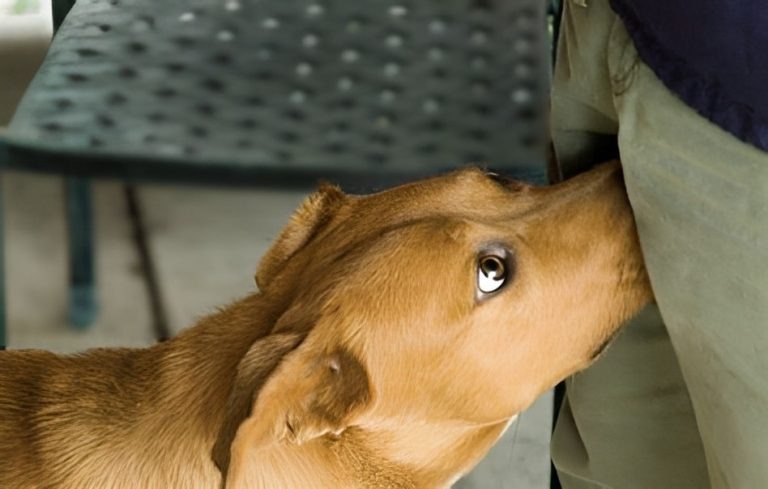
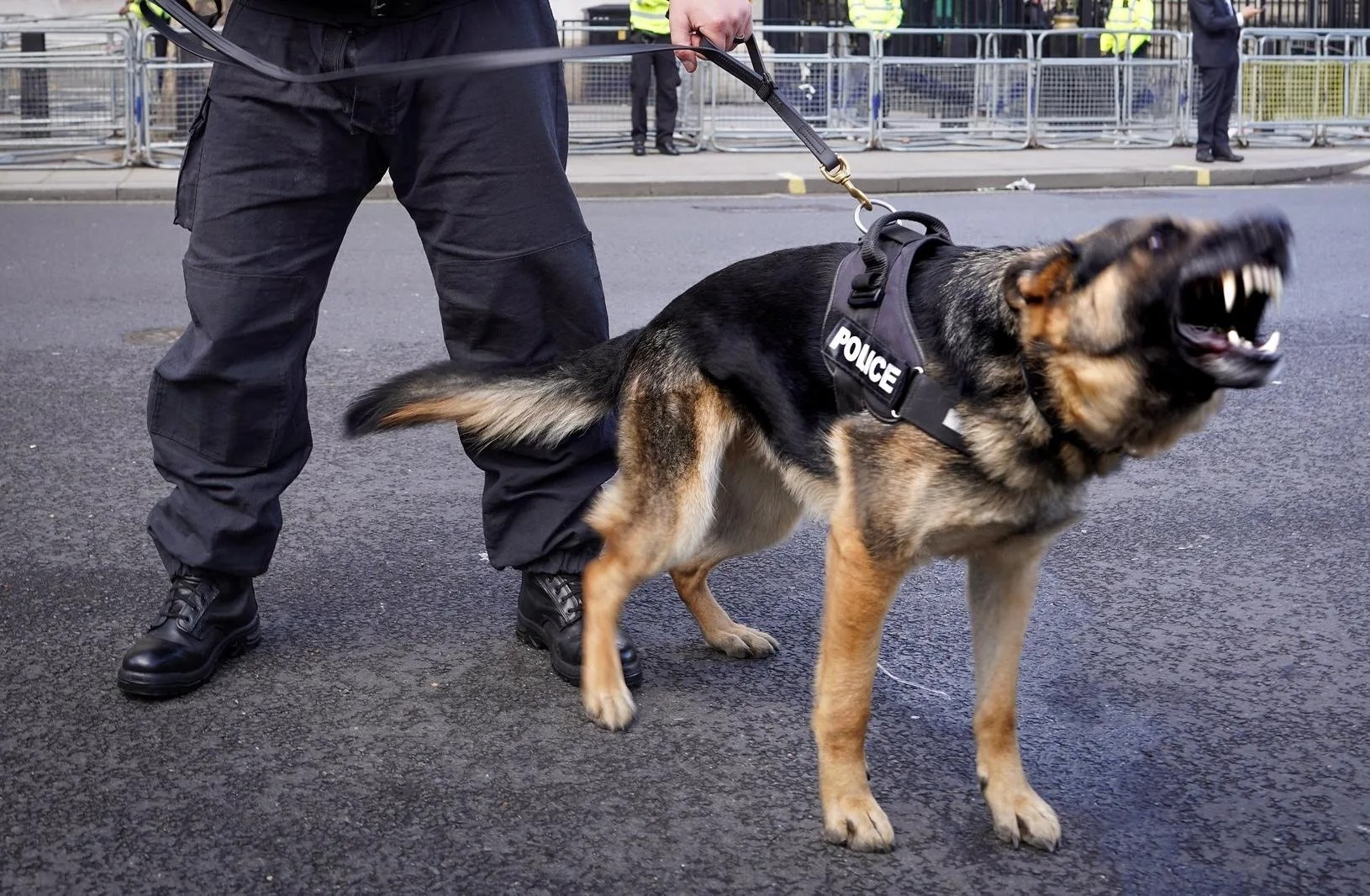
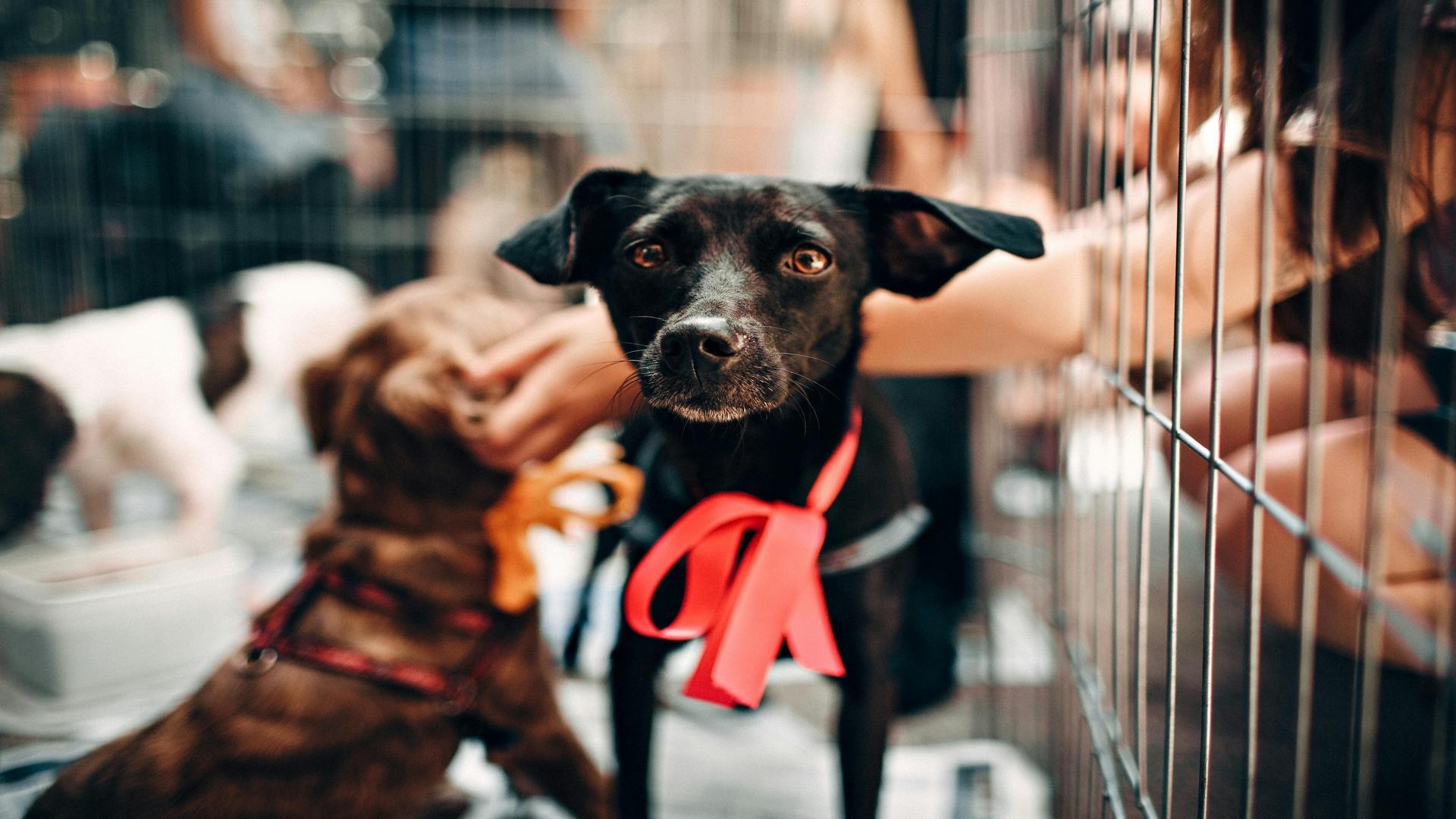
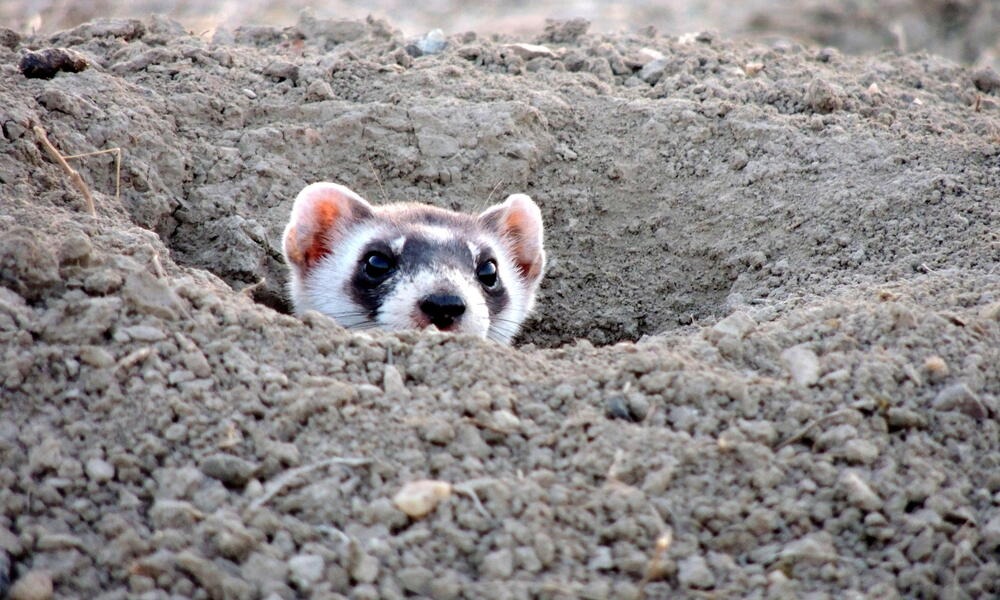

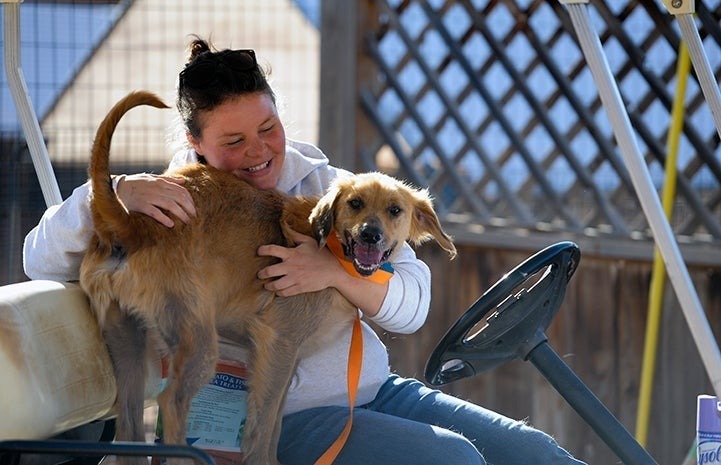
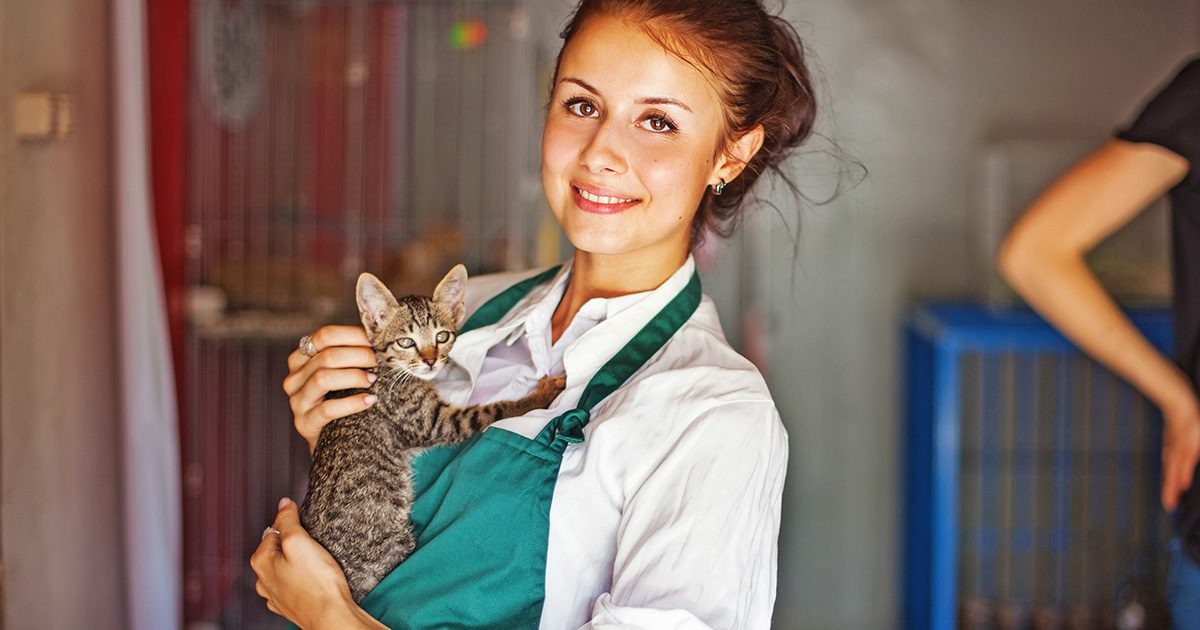


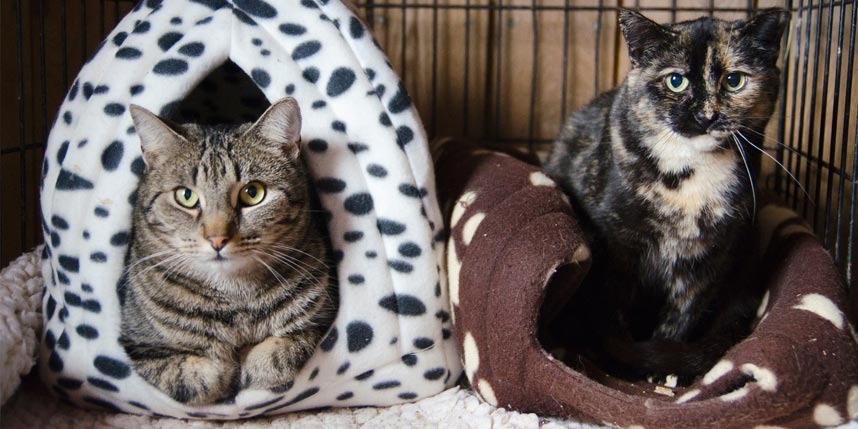




Leave a Reply